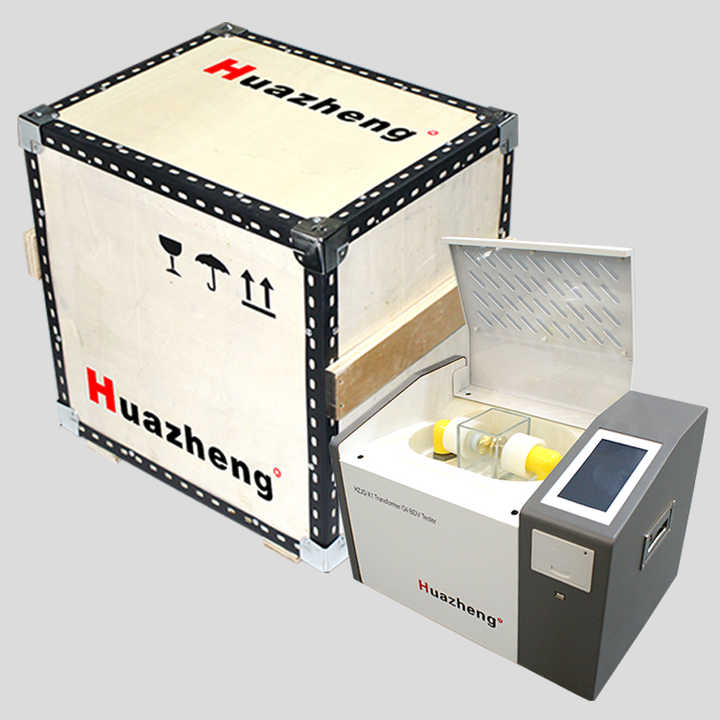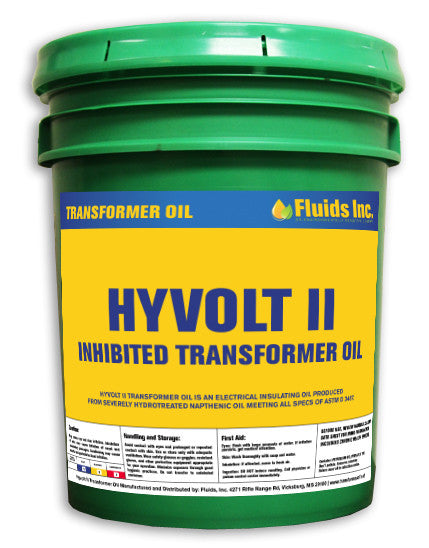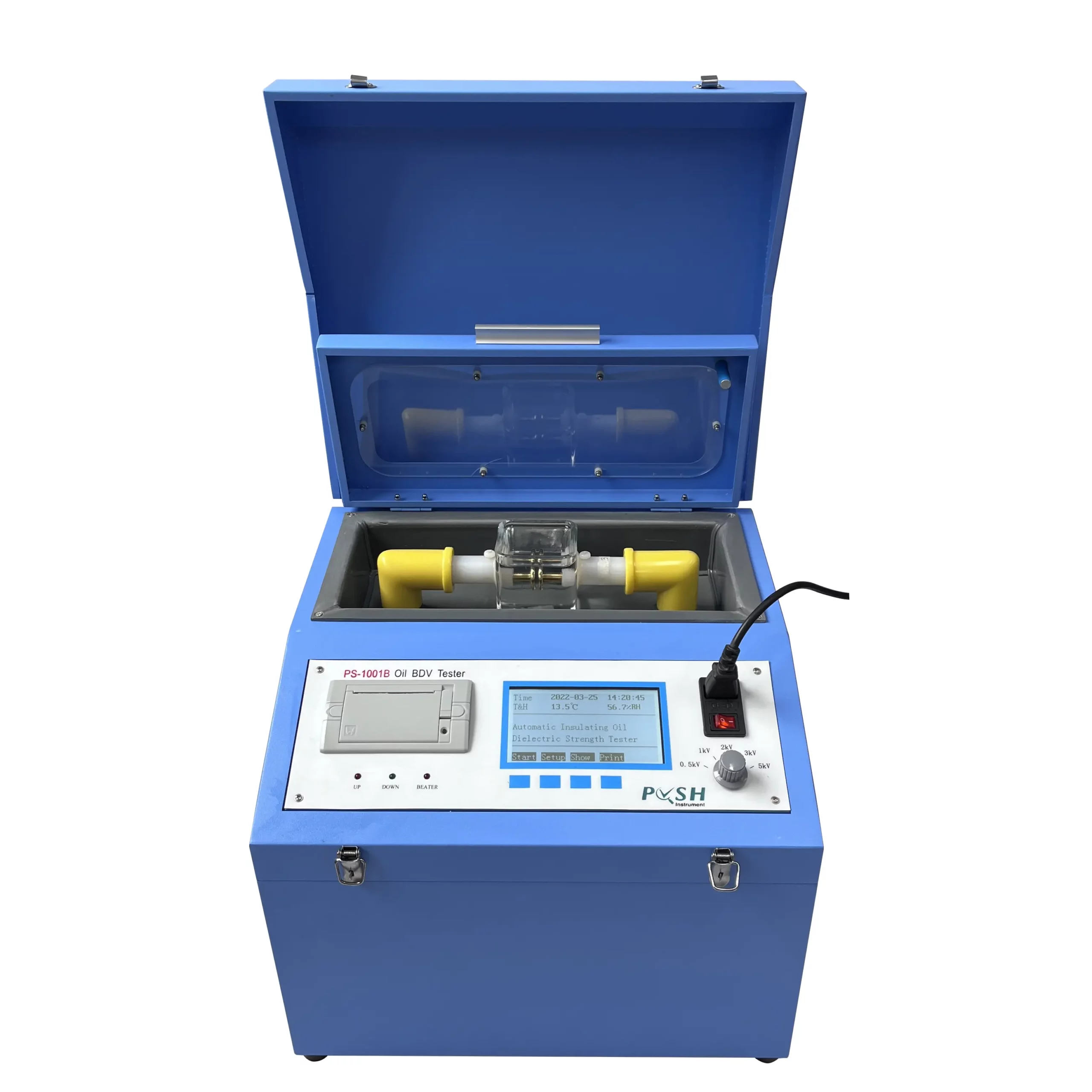Why Dielectric Transformer Oil Matters: Trick Functions and Maintenance Tips
The significance of dielectric transformer oil prolongs past plain capability, playing a critical function in both the insulation and air conditioning of electric transformers. The upkeep of these oils is equally vital to stop concerns that might endanger transformer performance.
Significance of Dielectric Transformer Oil
Dielectric transformer oil plays a critical duty in the efficient operation of electrical transformers, as it is regularly utilized as both a coolant and an insulator. Its shielding properties prevent electrical discharges and arcing, which are crucial to preserving the stability of transformer elements. By efficiently isolating conductive parts, dielectric oil enhances the safety and reliability of the transformer, thus extending its operational lifespan.
Along with its shielding capacities, dielectric transformer oil functions as a coolant, dissipating and taking in warm produced during the electrical makeover procedure. This thermal monitoring is vital to stop overheating, which can result in equipment failing and pricey downtime. The oil distributes within the transformer, efficiently transferring warmth far from vital areas, hence making sure ideal performance.
Secret Features of Dielectric Oil
The efficiency of dielectric transformer oil is largely figured out by its key attributes, which include high dielectric stamina, thermal conductivity, and chemical security. High dielectric stamina is critical as it enables the oil to hold up against significant voltage degrees without damaging down, thereby stopping electrical arcing and guaranteeing secure operation of the transformer. This characteristic is crucial for keeping the reliability of electric systems.
Thermal conductivity is an additional important function of dielectric oil. It promotes efficient heat dissipation from transformer elements, decreasing the risk of overheating and extending the life-span of the tools (transformer oil recovery). Efficient thermal monitoring is critical in maintaining ideal operating temperatures, which straight affects efficiency
Chemical security is just as vital, as it ensures that the oil does not degrade or react adversely with materials within the transformer in time. This stability assists preserve the oil's protecting residential properties and protects against the development of unsafe sludge or down payments that can harm capability.
In addition, reduced thickness at operating temperatures permits better circulation within the transformer, cooling down both improving and insulation. Together, these essential qualities guarantee that dielectric transformer oil performs effectively, sustaining the total effectiveness and dependability of electrical systems.
Advantages of Making Use Of Dielectric Oil

Additionally, dielectric oil serves as an efficient coolant, dissipating warm created throughout transformer procedure. This temperature level regulation is important for avoiding getting too hot, which can cause devices failing or lowered life-span. The oil's thermal properties add to optimum functional problems, making it possible for transformers to operate at their ideal.
An additional substantial benefit is the oil's chemical stability and resistance to oxidation. These residential properties minimize the formation of sludge and other degradation byproducts, thereby minimizing upkeep demands and prolonging the intervals between oil adjustments. Dielectric oil offers excellent dampness absorption capacities, which safeguard the transformer from the harmful results of water access.
Maintenance Ideal Practices

Additionally, maintaining the transformer's temperature level within defined restrictions is essential. Raised temperature levels can speed up oil deterioration, negatively impacting its dielectric homes. Carrying out a temperature monitoring system can aid in keeping optimum problems.
Moreover, making sure appropriate ventilation and air conditioning of the transformer device lessens the danger of overheating. It is additionally crucial to keep the transformer without debris and impurities that may compromise its efficiency.
Conducting routine visual inspections for leakages, corrosion, great post to read or indicators of wear on gaskets and seals is one more ideal method. Any kind of irregularities should be attended to quickly to stop oil contamination and preserve system honesty.
Finally, developing a maintenance timetable that includes oil substitute or therapy can improve the life-span of dielectric oil, ensuring it remains to perform efficiently. By taking on these maintenance finest practices, operators can maximize transformer efficiency and reduce unintended downtime.
Common Problems and Solutions
Transformers making use of dielectric oil can experience a number of usual issues that may influence their efficiency and reliability. One famous concern is the degradation of the oil because of thermal stress and anxiety, which can lead to reduced dielectric stamina and raised risk of arcing. Regular tracking of the oil's temperature level and applying cooling solutions can reduce this issue.
An additional problem is moisture ingress, which can compromise the protecting residential properties of the oil. This can be resolved through regular testing for water content and employing desiccants or vacuum dehydration processes to eliminate wetness.
Furthermore, the formation of sludge because of oxidation can obstruct typical operation. This can be fixed by regular oil filtering and substitute when needed, making sure ideal liquid tidiness.

Final Thought
Finally, dielectric transformer oil plays an important function in ensuring the effective procedure and safety and security of electrical transformers. Its essential features, including high dielectric strength and chemical security, add to optimum performance while minimizing maintenance demands. Following ideal maintenance practices, such as routine tracking of dampness and level of acidity, is important for avoiding typical concerns and boosting the functional lifespan of transformers. The importance of dielectric transformer oil can not be overstated in the realm of electrical facilities dependability.
The value of dielectric transformer oil expands past plain capability, playing a crucial duty in click to investigate both the insulation and air conditioning of electrical transformers.Dielectric transformer oil plays an important function in the effective operation of electrical transformers, as it is continually used as both a coolant and an insulator. On the whole, the importance of dielectric transformer oil can not be overemphasized, as it is essential to the risk-free, effective, and long-term procedure of electric transformers.
The efficiency of dielectric transformer oil is mostly identified by its key features, which consist of high dielectric stamina, thermal conductivity, and chemical stability.In verdict, dielectric transformer oil plays an essential function in guaranteeing the reliable procedure and security of electric transformers.
Comments on “Protecting Oil Solutions for High-Performance Electrical Devices”